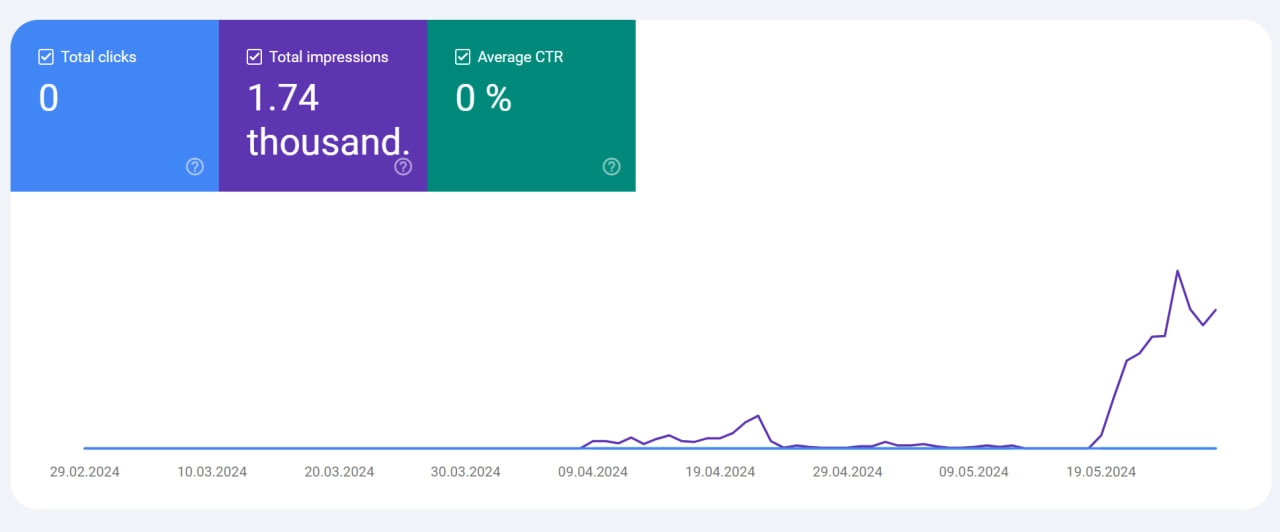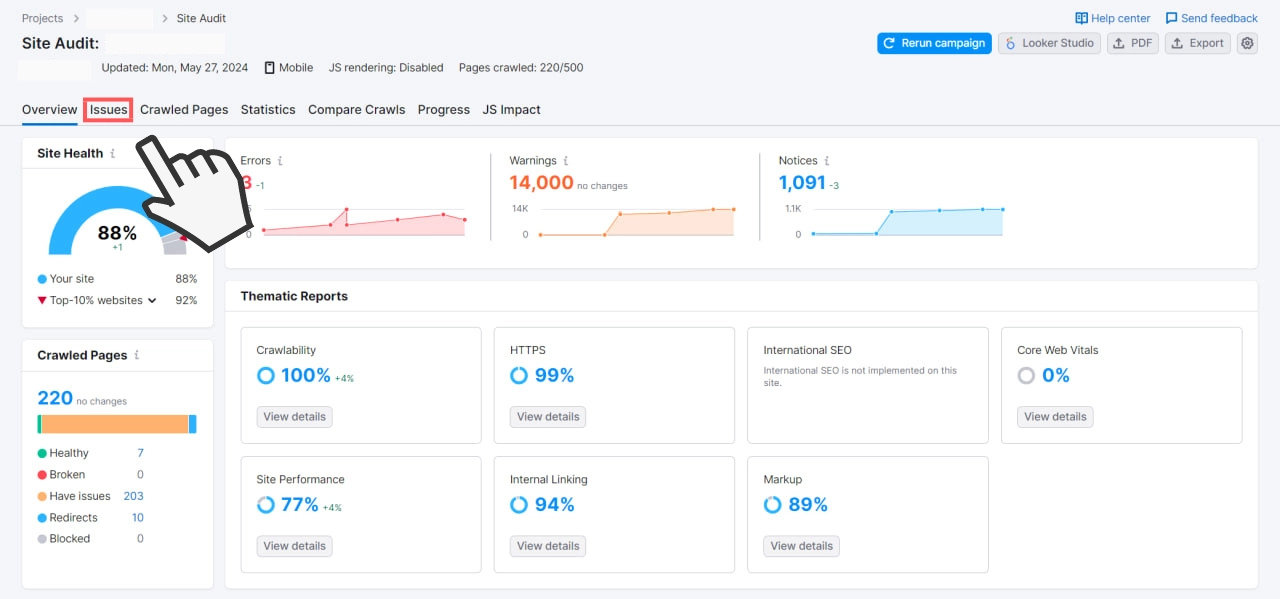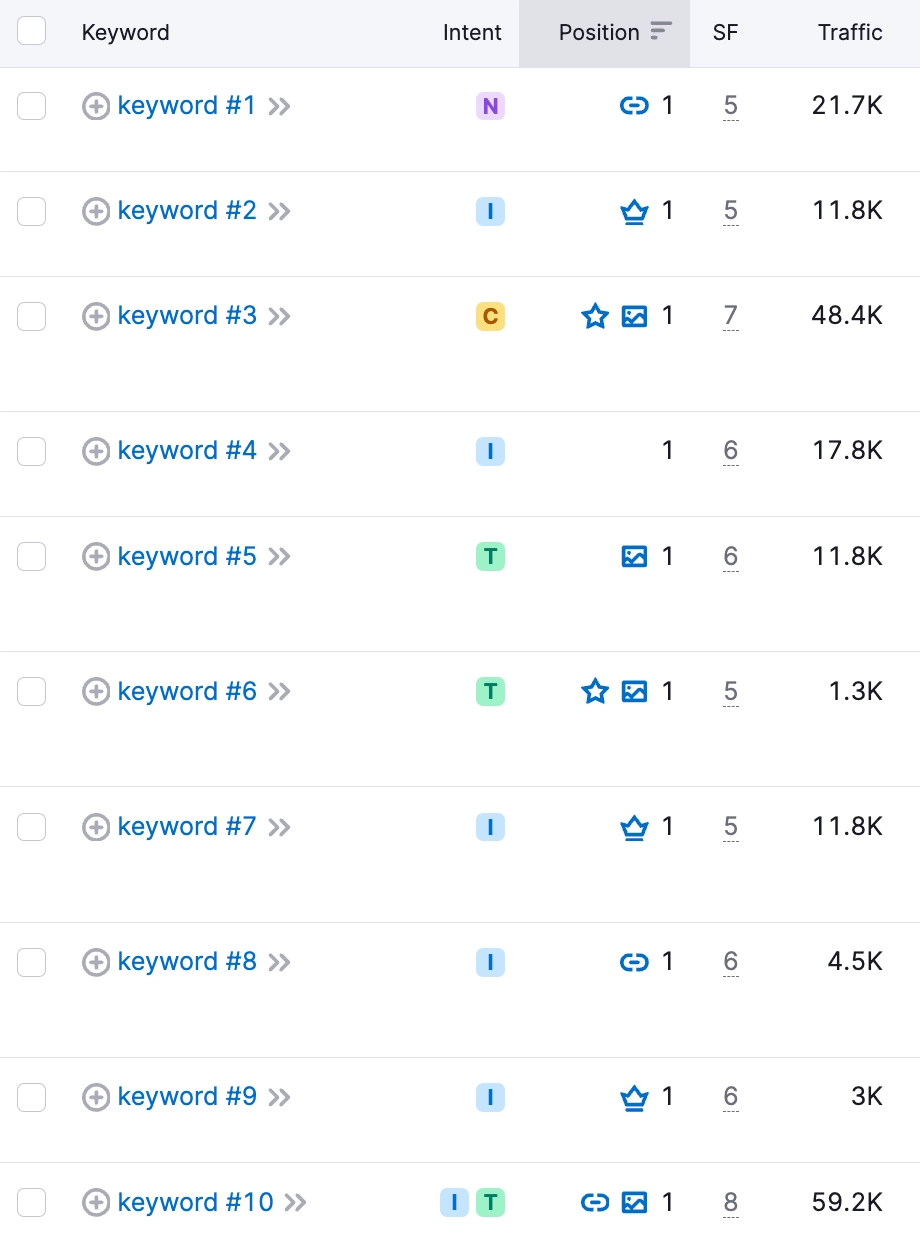Ever stumbled upon the term “duplicate meta descriptions” and wondered what all the fuss is about? Well, you’re in good company. This concept is pivotal in the realm of SEO and can have a significant impact on your website’s visibility in search engine results. Meta descriptions are those brief previews that pop up under your website’s title in search results, offering a snapshot of what each page is about. But when these blurbs aren’t unique, it can lead to a few hiccups in how search engines view and rank your site.
What Is a Duplicate Meta Description?
So, what exactly is a duplicate meta description? In simple terms, it happens when two or more web pages under the same domain have identical or too-similar descriptions in the HTML code. This might not sound like a big deal at first glance, but in the eyes of search engines, it’s a missed opportunity to showcase the unique content each page offers. Essentially, it’s like having multiple doors with the same welcome mat. Visitors—and search engines—might not understand the distinct value behind each door.
Why It’s Important to Fix the Duplicate Meta Description Issue
Addressing duplicate meta descriptions is not just about ticking a box for SEO; it’s about improving user experience and your website’s effectiveness.
Unique meta descriptions help differentiate your pages in search results, making it easier for users to find the information they’re looking for. Furthermore, search engines aim to provide diverse and relevant results. If your site’s pages seem too similar, this could affect your visibility and click-through rates, ultimately impacting traffic and engagement.

You might have noticed an increase in impressions without a corresponding rise in clicks. Crafting an interesting and unique meta description can help improve this situation.
How to Fix a Duplicate Meta Description
Fixing duplicate meta descriptions is a key step in optimizing your website’s SEO and improving the overall user experience. Here’s a detailed guide on how to address this issue:
1. Identify Duplicate Meta Descriptions
The first step is to find out which pages on your site have duplicate meta descriptions. You can use various SEO tools for this purpose, such as Google Search Console, Screaming Frog, or SEMrush. These tools can scan your website and report pages with identical or similar meta descriptions.
To get a complete list of pages with duplicate meta descriptions using Semrash, follow these steps:

After auditing your site, switch to the “Issues ” tab.

You’ll receive a list of all the issues identified by the audit.

After that, in the search box, enter “duplicate meta descriptions”. By clicking on the search result, you will get a list of pages where this problem was detected.
2. Evaluate Your Pages
Once you’ve identified the pages with duplicate meta descriptions, review the content of each page. Understand the unique aspects and purpose of the content on each page. This evaluation will help you craft a new, unique meta-description that accurately reflects what each page is about.
3. Write Unique Meta Descriptions
For each page that has a duplicate meta description, write a new, unique meta description. Keep the following in mind:

- Reflect the Page Content: Ensure the meta description accurately reflects the content of the page. It should include the main topic or the primary keywords.
- Engage Your Audience: Write in an engaging manner that encourages users to click through to your page. Your meta description should act as a mini-advertisement for your content.

- Use Keywords Wisely: Include relevant keywords naturally within your meta description. This can help your page rank better for those terms.
- Be Concise: Aim for about 150-160 characters for your meta description. This is usually the maximum length that search engines display.
4. Implement the Changes
Update your website with the new meta descriptions. If you’re using a content management system (CMS) like WordPress, you can often do this through an SEO plugin like Yoast SEO or All in One SEO Pack. If your site is custom-built, you might need to edit the HTML code of each page to update the meta descriptions.
5. Monitor the Results
After updating your meta descriptions, monitor the performance of your pages. Use tools like Google Analytics and Google Search Console to track improvements in click-through rates (CTRs) and search rankings. SEO is an ongoing process, so it’s important to keep an eye on these metrics and adjust your strategy as needed.
6. Regularly Review Your Meta Descriptions
The content of your website will evolve. New products or services might be added, and old ones might be discontinued. Regularly review your meta descriptions to ensure they remain relevant and unique. This is also a good practice to ensure that any new pages added to your website do not inadvertently have duplicate meta descriptions.
Important Tips
Finally, a few nuggets of wisdom to keep in mind:
- Stay True to Your Content: Make sure your meta description accurately reflects the page content. Misleading descriptions can increase bounce rates.
- Incorporate Keywords Wisely: While keywords are important, ensure they fit naturally within your description and truly represent the page content.
- Be Mindful of Length: Too short, and you might not fully capture the essence of the page. Too long, and search engines will truncate your description, possibly cutting off critical information.
- Test and Learn: Experiment with different descriptions for the same page over time to see what resonates best with your audience and improves your click-through rate.
- Avoid Over-Optimization: While keywords are important, stuffing your meta description with too many keywords can be counterproductive. Write for humans first, search engines second.
Addressing duplicate meta descriptions is a crucial step towards enhancing your website’s SEO and user experience. By identifying and rectifying these duplicates, you not only make your site more appealing to search engines but also improve the clarity and appeal of your pages to potential visitors. The process involves using SEO tools to identify duplicates, evaluating and understanding the unique content of each page, crafting engaging and unique meta descriptions, and regularly monitoring and updating these descriptions to maintain relevance and effectiveness. Remember, your meta descriptions serve as a first impression for your audience in search results; making them unique and compelling can significantly impact your click-through rates and website visibility. If you need help with the SEO optimization of your website, you can contact our specialists who can offer you effective promotion strategies.




